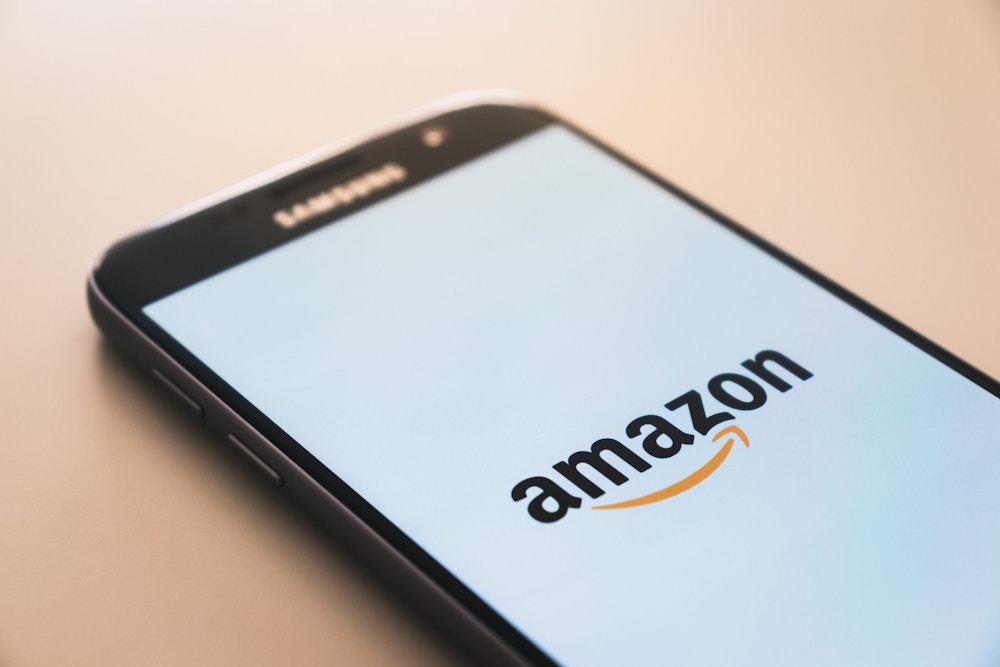Two weeks ago, I attended one of the oldest and largest retailing conferences in the world, eTail West. While the Volition Capital team was at the conference, we met with eight different companies at various stages in their startup journey. Though their products and experiences were diverse, they had one thing in common: their omnichannel strategies were in flux as they attempted to become less reliant, or, in some cases, more reliant on Amazon to sell and distribute their products.
With new players emerging in the eCommerce space, first-party sellers now have more options than ever. For instance, Walmart recently launched a fulfillment service for sellers on its marketplace. This trend might be what’s behind Amazon’s announcement last Monday that, starting April 1st, it’s offering up to a 30% discount to sellers for fulfilling non-Amazon products. Clearly Amazon is feeling the pressure.
Here are a few questions retail brands should consider as they survey the increasingly complex eCommerce landscape in 2020:
What are the limitations of scaling with Amazon?
If you’re selling only as a first-party on Amazon, it means that you don’t have control over your pricing. Though Amazon likely fueled your early growth, as you attempt to scale, it will likely subject you to margin compression. This is especially dangerous if you’re using Amazon as your primary platform because you have no higher-margin sales channel to counteract changes to which Amazon subjects you.
Another challenge with relying solely on Amazon are the numerous fake, unauthorized sellers that pop up to make a cheap buck. Unfortunately, in this situation, you have no control over your brand, pricing, or quality, in addition to losing sales that should be yours. You may want to try to maintain at least some presence on Amazon to better control for those factors, though you can’t be 100% on Amazon in 2020 and expect to scale efficiently.
What’s the right omnichannel strategy for me?
Despite the hazards of being too dependent on Amazon, the truth is that for a majority of retailers, that’s where their customers already are. Selling on Amazon makes sense for most brands, particularly in categories where Amazon customers are used to shopping, such as CPG or cleaning supplies. However, it doesn’t always make sense to be on Amazon. Sales can be more difficult for the beauty category, for instance, which has mixed reviews on Amazon, while players like Sephora or Ulta are more trusted.
Develop your omnichannel strategy around your customers. Try to diversify your channels, but do so by being where your customers already are. Integrate your order and inventory management systems with Amazon, when possible, or whatever other marketplaces you’re trying to sell through. Make your packaging pop, use inserts where you can, and stay in front of customers who have tried you already via Amazon. Stand out from the rest of the crowd and stay top of mind for consumers – when they see you in a different channel, they’ll be more likely to choose you there, too.
Finally, seriously evaluate up and coming channels, as Amazon has shown that it is willing to incentivize sellers to come back to its platform if it senses encroachment. More channels equal more options for customers, but they also mean more options for sellers – both in the targeting of customers and pricing.
How to think outside the box: BURST Case Study
One of the highlights of the conference was that a current Volition Capital portfolio company, BURST Oral Care, had its co-founders, Hamish Khayat and Brittany Stewart, honored as Visionaries at the eTail 2020 Best-In-Class Awards.
BURST is a D2C subscription sonic toothbrush brand that has been very successful by making omnichannel sales integral to their growth. They received their award largely in part to the unique way they work with dental hygienists who refer the toothbrush to patients and others. This hygienist channel is core to the business because it not only helps to protect against CAC fluctuations from Facebook and Google, but also is lent credibility from trusted professionals in a category where professionals’ opinions matter to consumers. Why do you think the “nine out of ten dentists recommend” advertising campaign has proven so successful?
BURST works incredibly closely with its hygienists, who are a crucial source of input and feedback as well as sales. BURST has further diversified its channels by expanding into Amazon and QVC to be in front of even more consumers. The key to its success is that Amazon is a secondary outlet rather than a primary. By tailoring its business model around a unique and perfectly suited sales outlet, BURST has more control over its brand, product, and price.
Final Thoughts
As retailers fight to drive traffic to their eCommerce sites, as seen by Walmart’s introduction of a delivery membership program for $98 / year, carrying strong brands will become increasingly important to them. While their sheer size can be intimidating, we see greater value in playing with them rather than against them. If you don’t, they might just find your next best competitor and work with them first.
Understanding this delicate eCommerce ecosystem can help retail brands calibrate the appropriate omnichannel approach towards Amazon and beyond while considering unique channels with which to engage customers and bypass Amazon dependency.
Connect with MK
MK Marino
Associate @ Volition Capital
+1 617 830 2103
Marykate@volitioncapital.com
LinkedIn
Photo by Christian Wiediger on Unsplash
